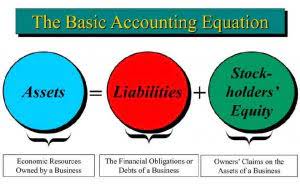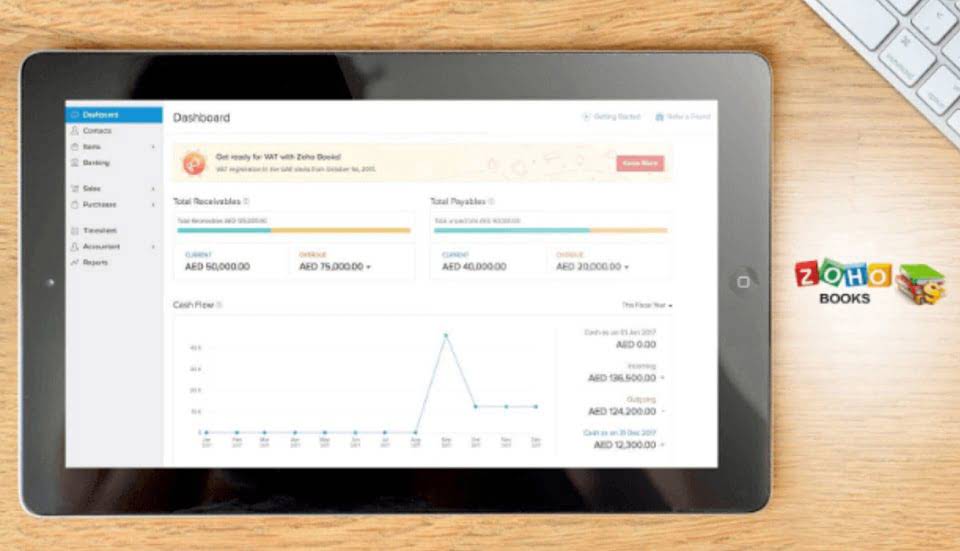
Building an elegant chart of accounts requires balancing the need for sufficient relevant financial data with the desire to keep reports simple and understandable. Our nonprofit professionals can help you structure your financial systems to wholly support your mission work and enhance the effectiveness of your organization. Fund accounting is useful for organizations that need to track reserves in multiple “buckets” without having several cash Bookstime accounts to keep it all straight. Commonly, churches use a “missions” or a “capital” fund to set aside dollars out of the annual budget for various projects.
- A well-organized Chart of Accounts allows a church to accurately track its financial activity, from tithes and offerings to payroll and other costs.
- Organizations may rely on designated church management software to ensure optimal results.
- Unless you are a brand new church, you will have opening balances that you need to import into your new chart of accounts.
- A debit transaction into a checkbook actually increases the balance of the checkbooks.
- A church chart of accounts (COA) is a resource that serves as a directory of all of the church’s financial records.
- Download our free sample church chart of accounts and compare it to yours.
Creating a Chart of Accounts with ACCOUNTS

Start by setting up your Accounts and Categories in the software (Assets, Liabilities, Income, and Expenses). Then assign your Reference Numbers (be sure to use consistent numbering). Step two depends on how complex your Account Categories might be. You may need to create sub-categories for a more detailed look at all of your transactions. For example, under Income, you might have Tithes and Offerings and Grants.
- Balances will show for the beginning of the year, for each month, and Running Balances (or an ending balance) for the currently set Accounting Year.
- Commonly, churches use a “missions” or a “capital” fund to set aside dollars out of the annual budget for various projects.
- Today, Joshua pastors at New Life Fellowship, a thriving church he helped plant in Cambridge, Ontario, Canada.
- If one source falls through or some of your expenses are higher than expected, it’s easier to recover when you don’t have all of your funding eggs in one basket.
- Tracking and reporting the finances of the church is required for multiple audiences, from your church finance committee to the IRS to the members of your church.
- Churches rarely use Cost of Sales but it is still listed in the chart of accounts.
#2: Categorize Expenses by Ministry or Program.
- We will go over this in more detail but for now, just know this is one of the major differences in nonprofit versus for-profit accounting.
- Here is a breakdown of four of the most important document types.
- You don’t want to have too many accounts…but you don’t want to have too few either!
- Additionally, if you have trouble setting up these systems, the platform does not provide any human assistance.
- QuickBooks is among the most popular accounting software tools.
- In a proper church accounting system, the CoA works in conjunction with funds, to create a robust church fund accounting system that answers the question of accountability.
Add or remove accounts as needed to keep the chart of accounts relevant. church accounting For example, if the church launches a new ministry or program, new accounts may be necessary. If a program ends, consider archiving or closing related accounts. Before finalizing the chart of accounts, review it to ensure it aligns with your church-specific needs. Consider whether the structure will adequately support future growth or changes.
Fund Accounting For Churches: Key Principles And Best Practices
Fund transfers are unique to church accounting and are done more often than you may think. For example, the General Fund may give money to the Youth Fund for an upcoming trip to help the Youth group. The interfund transfer accounts help to decrease one fund (General) and increase another fund (Youth). Your church’s chart of accounts is essentially its financial directory. Setting up a Chart of Accounts for a church involves a careful balance. Also, it’s essential to get input from people who understand the church’s financial statements, like the treasurer or finance committee, when setting up the COA.

A condensed financial report can better focus your board on strategic questions like how much you should keep in reserves or how much to invest in a campaign unearned revenue to increase individual contributions. Start by listing all of the assets, current liabilities, equity, revenue, and expenses that your church has. Think about all the ways your church receives and spends money, as well as what assets and liabilities it holds. You may need to create sub-accounts under each main account to further categorize your transactions.


You can make reports clearer by inserting notes that explain complex sections. Choose the system that is best for you based on your church size and financial goals. You may also consult an accountant to determine which is most suited to your needs. Hear from seasoned pastors and church leaders with invaluable insights and proven strategies for ministry. Stay connected to help guide your church with confidence and clarity. Every Chart of Accounts is different, but they will all follow this basic structure.
wordpress theme by initheme.com
